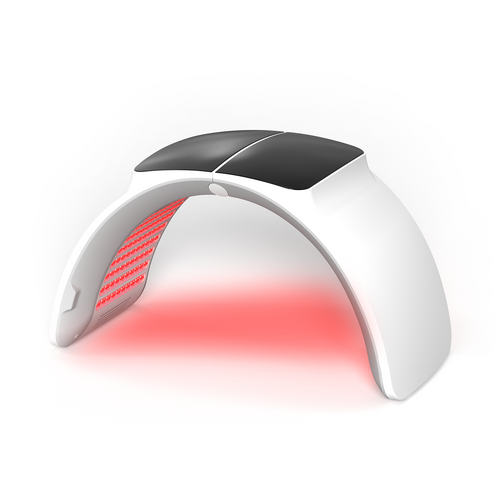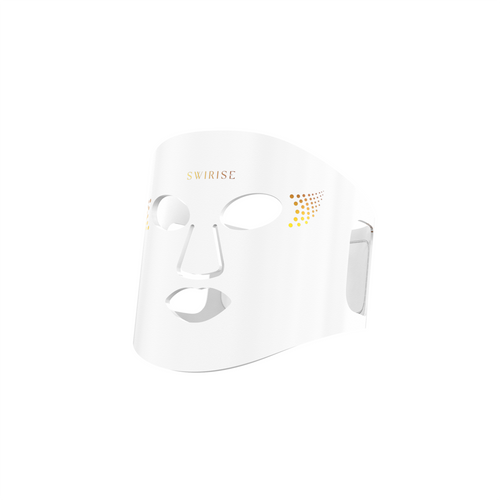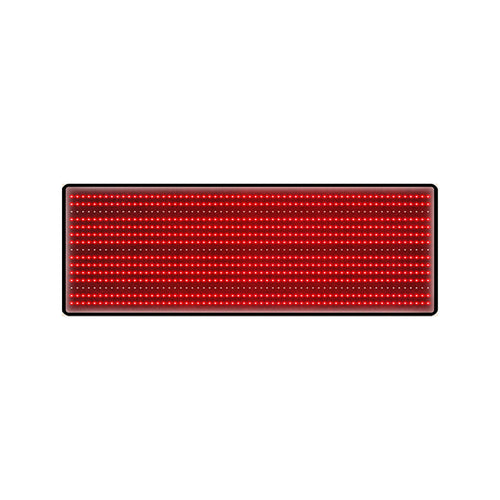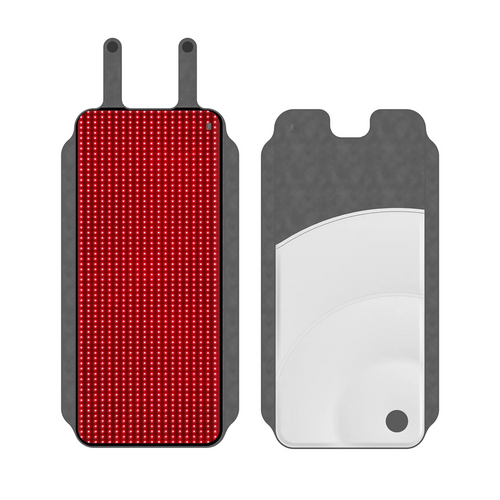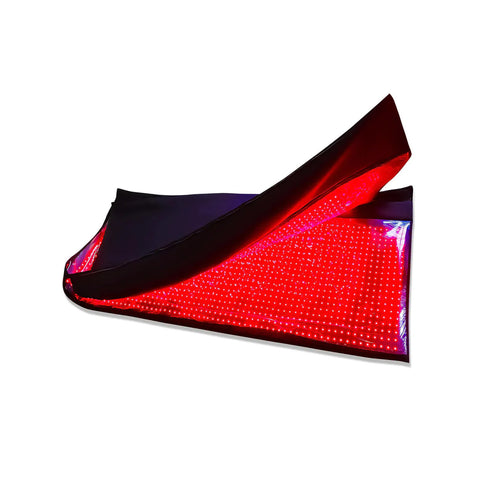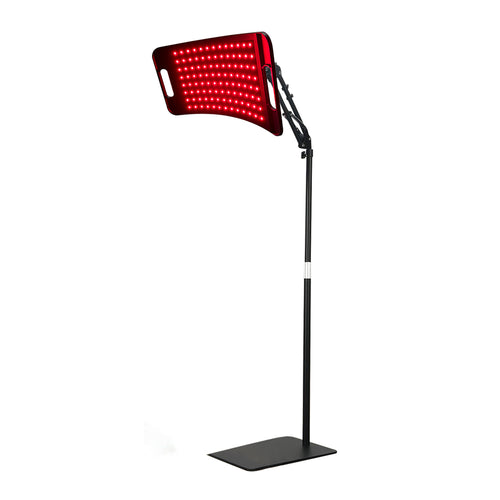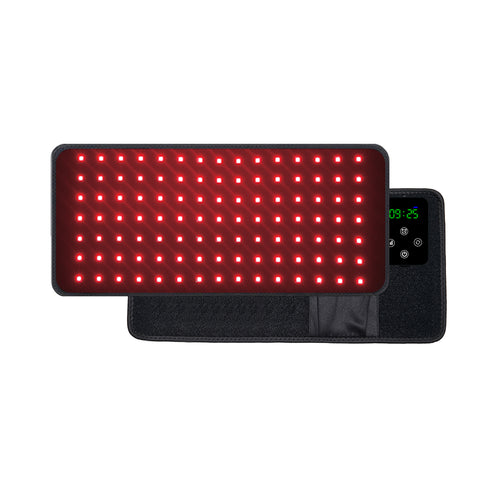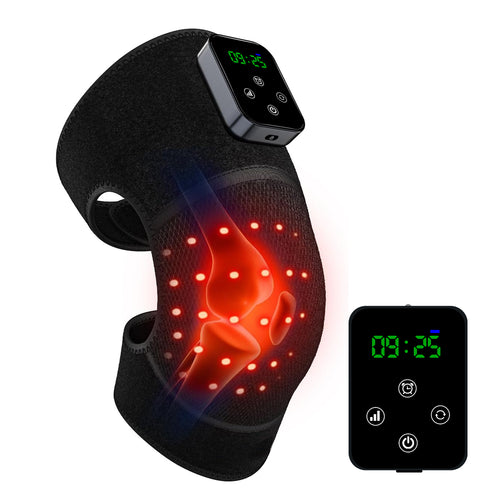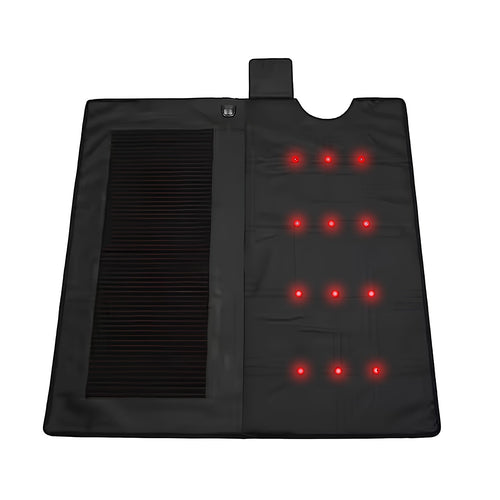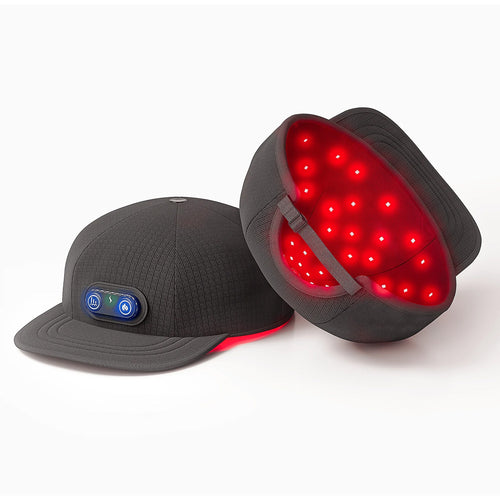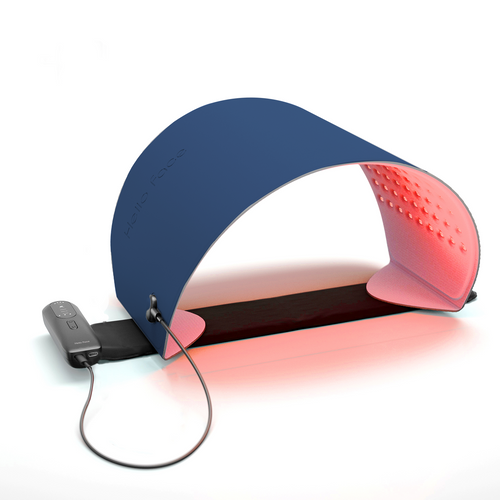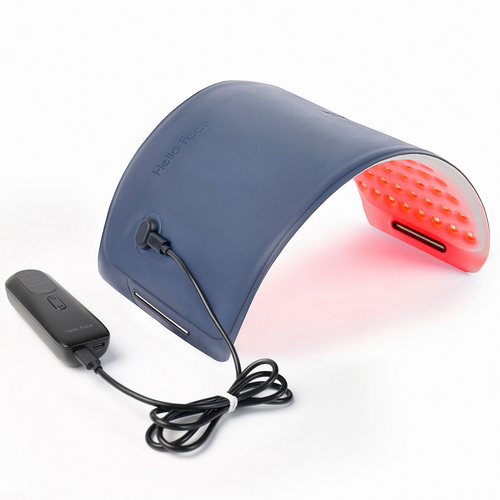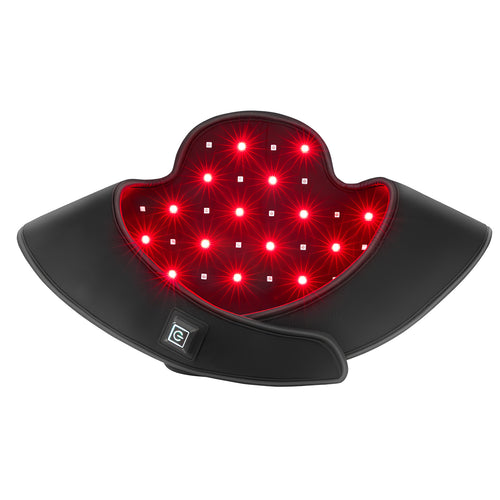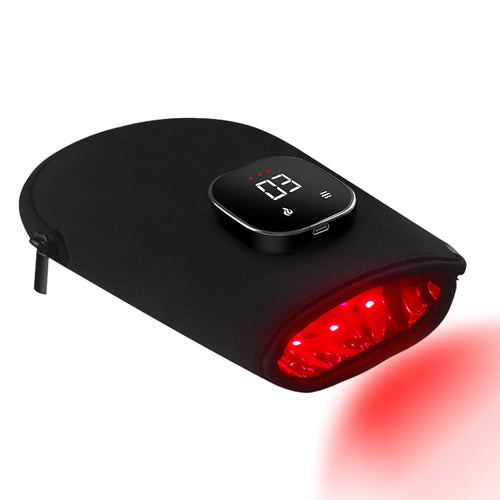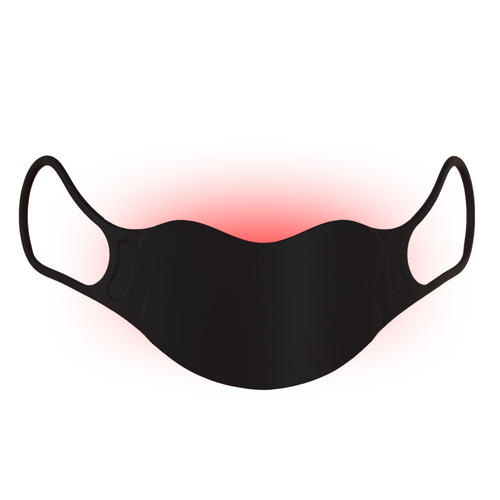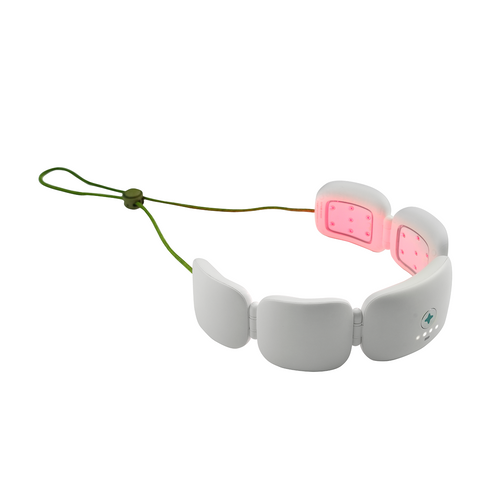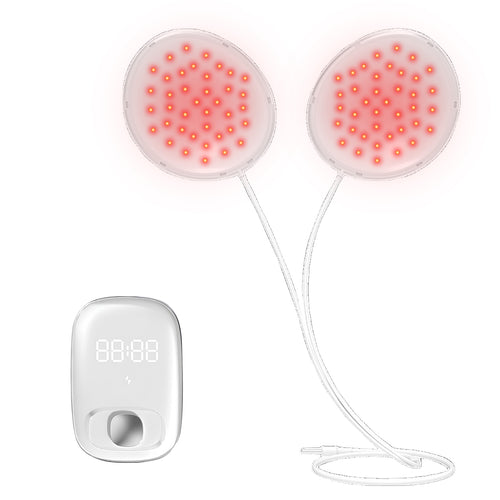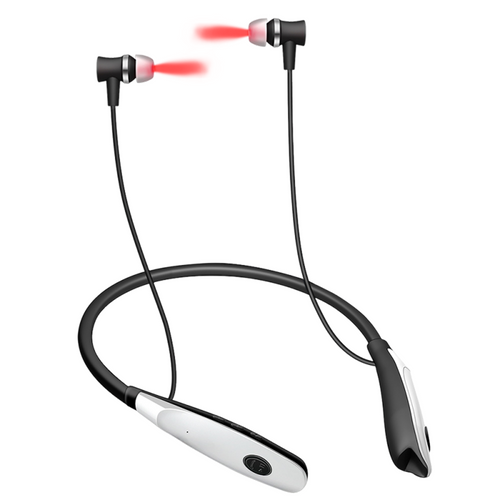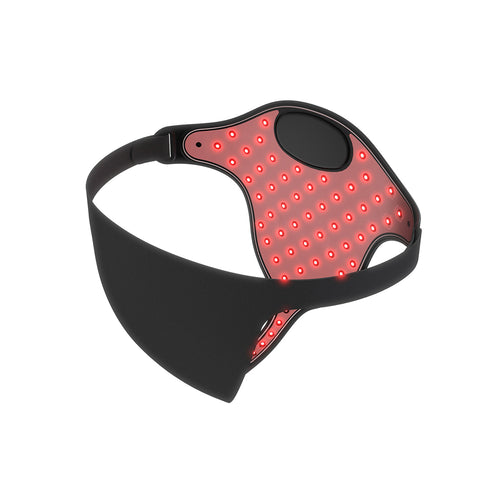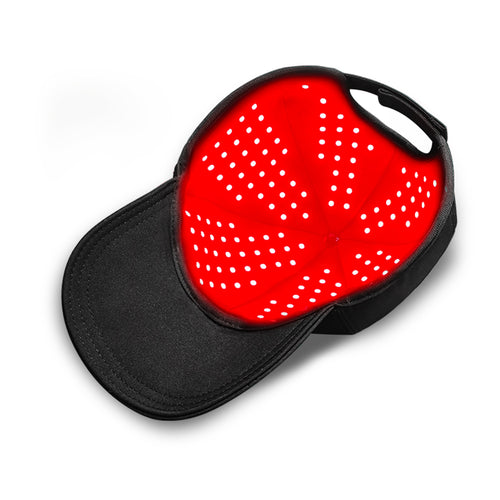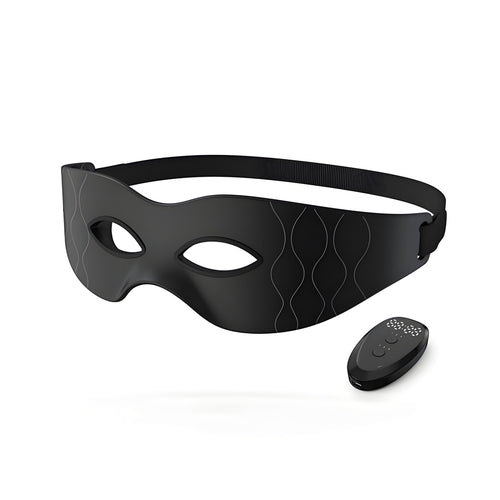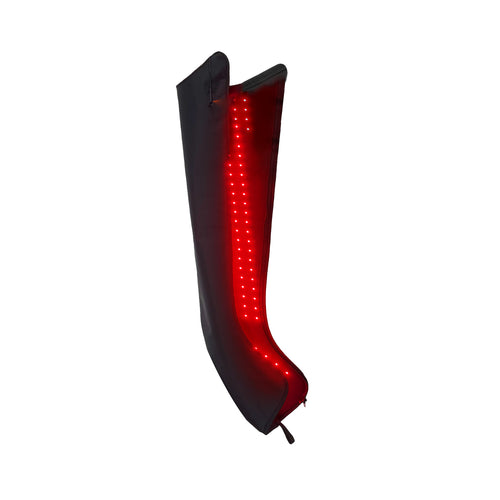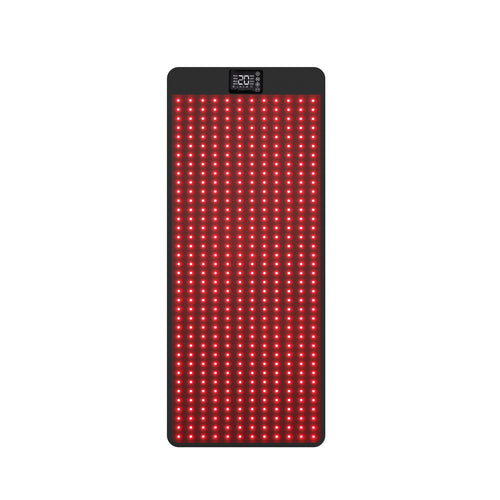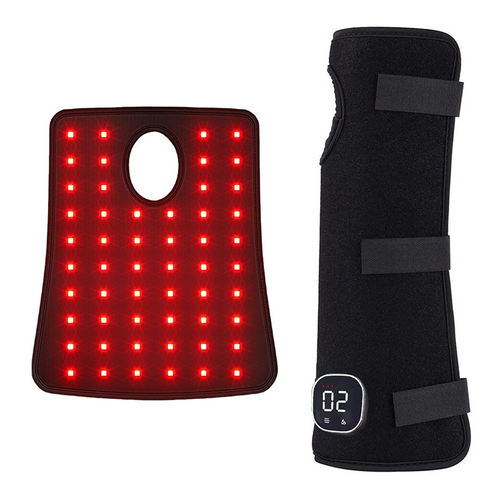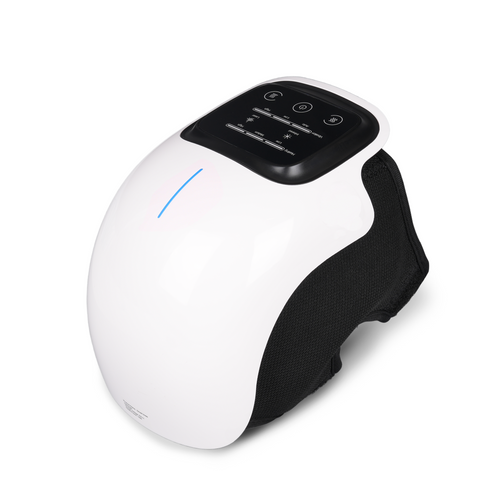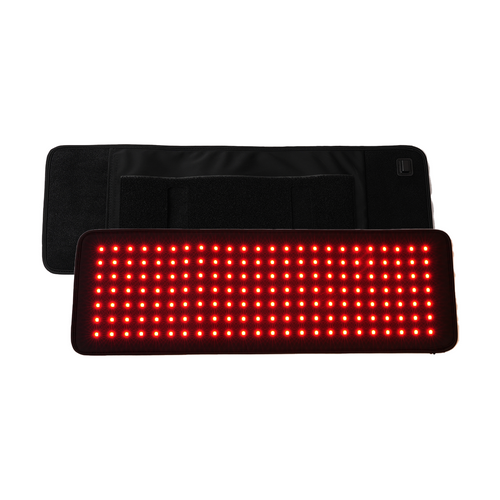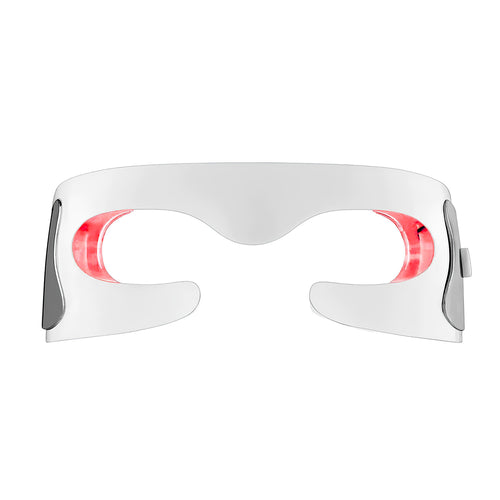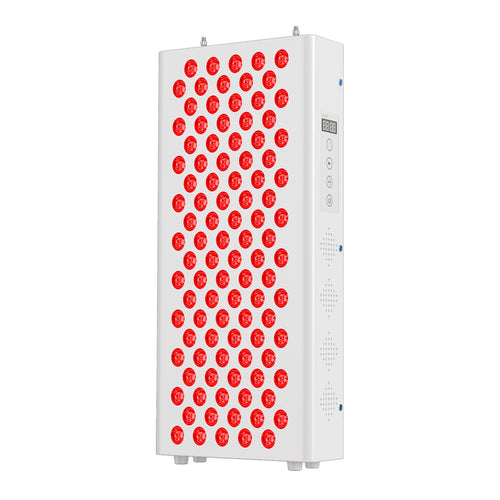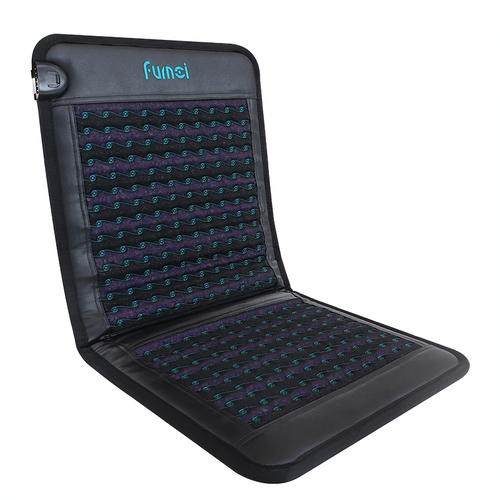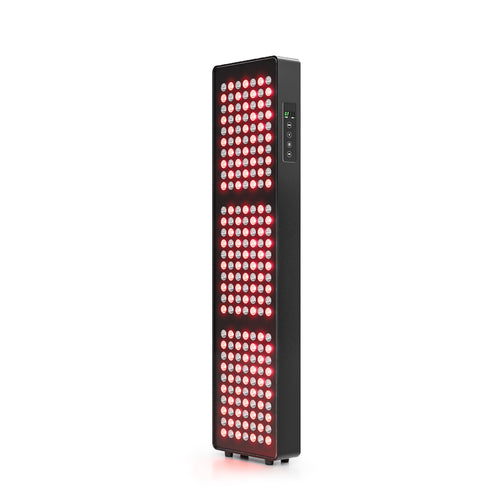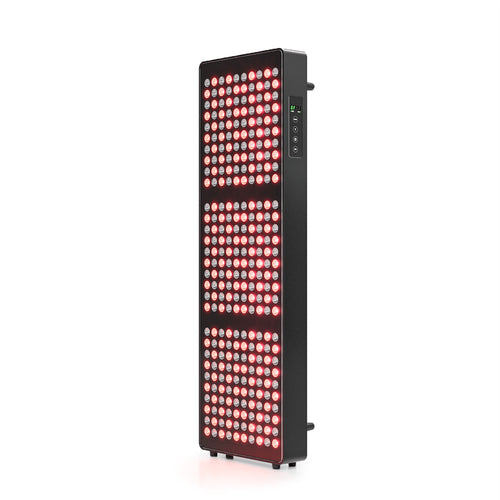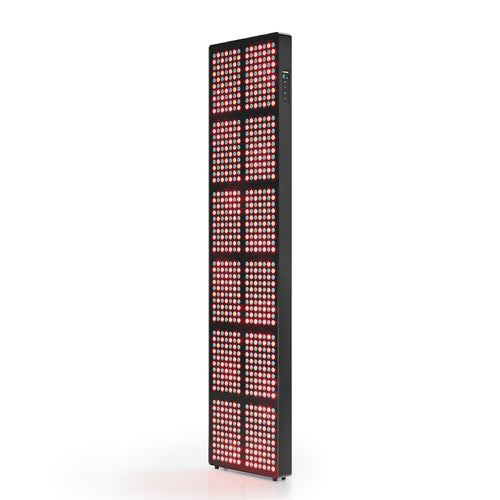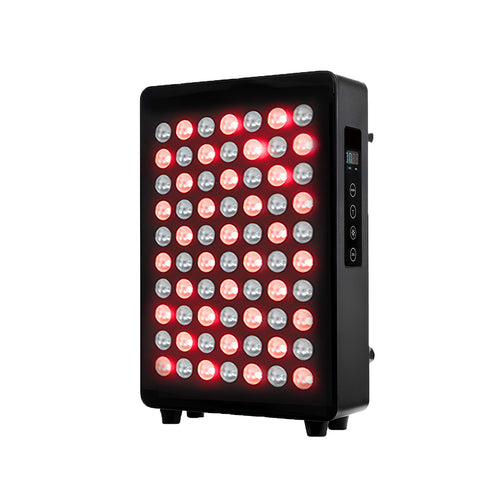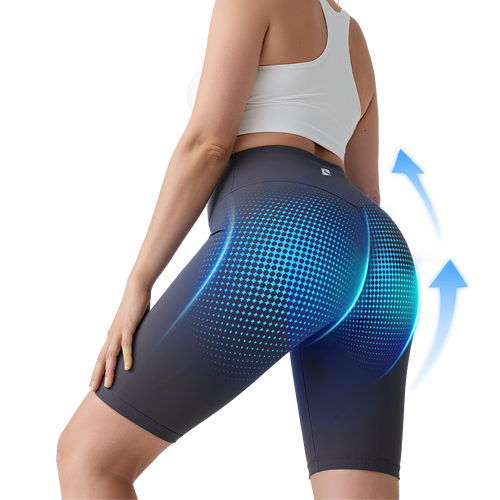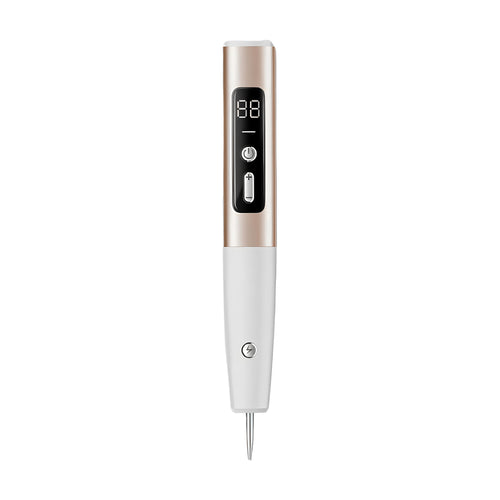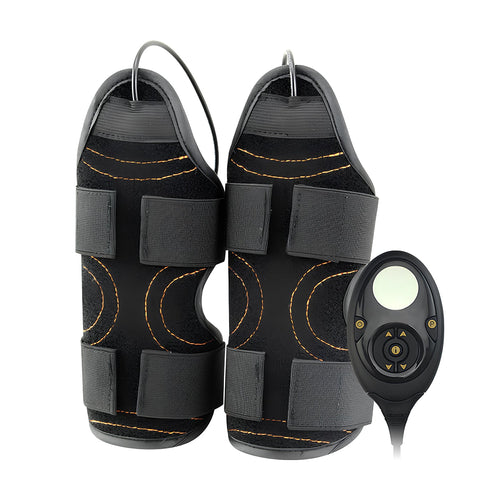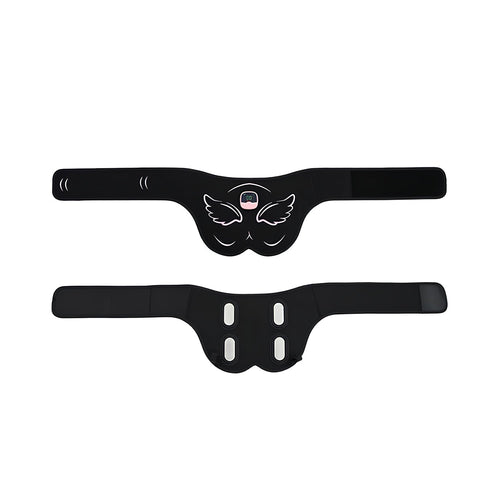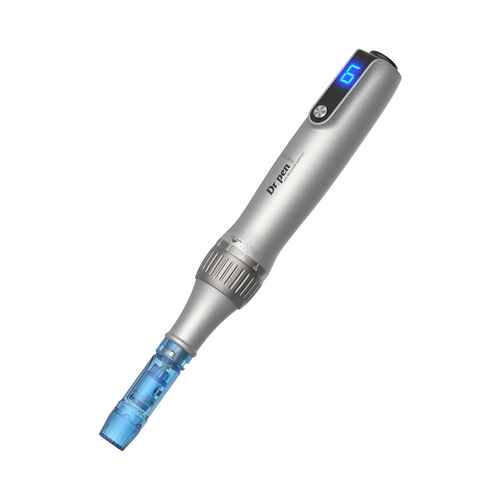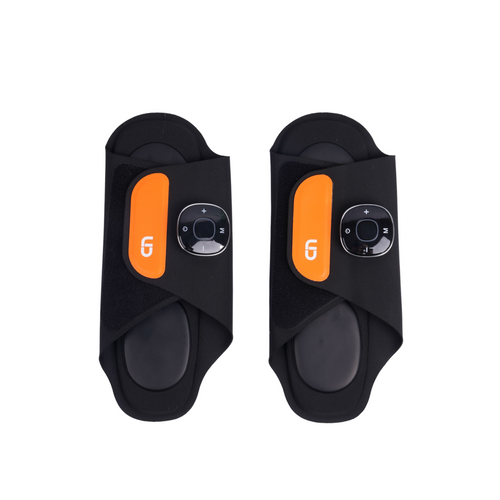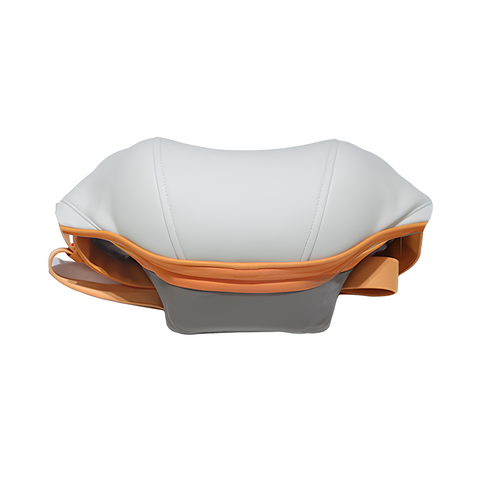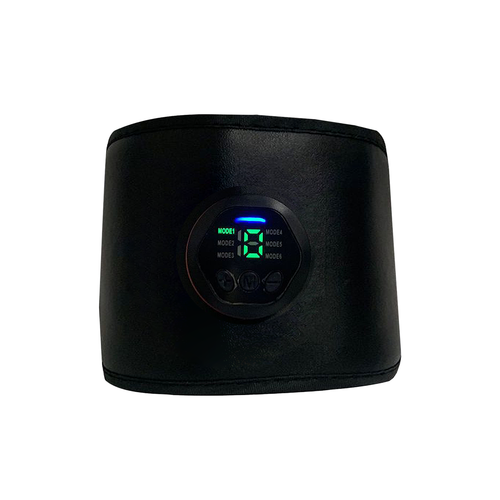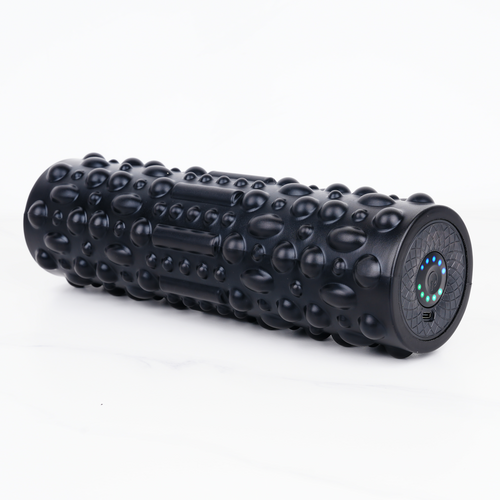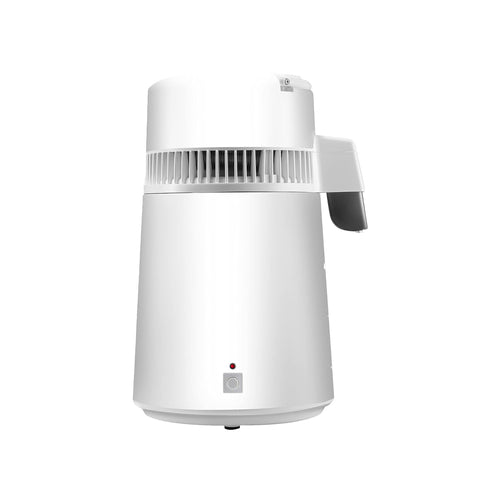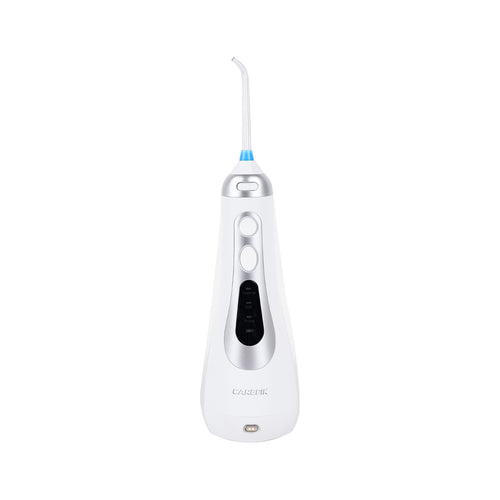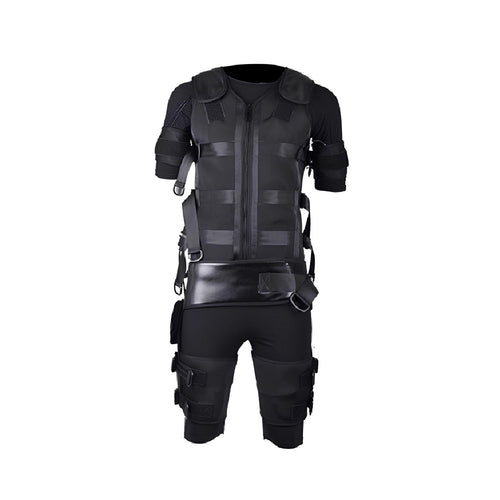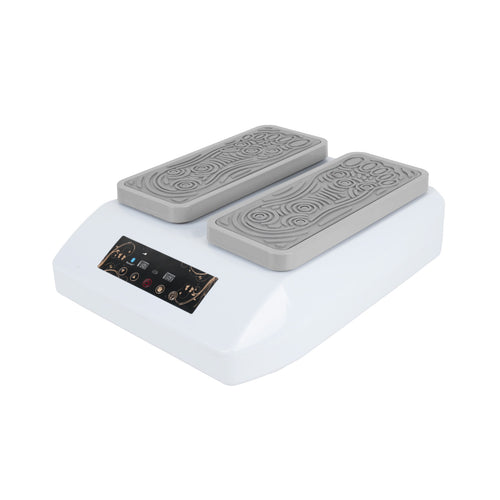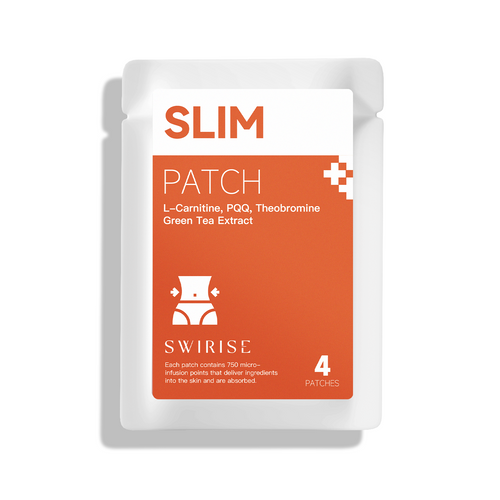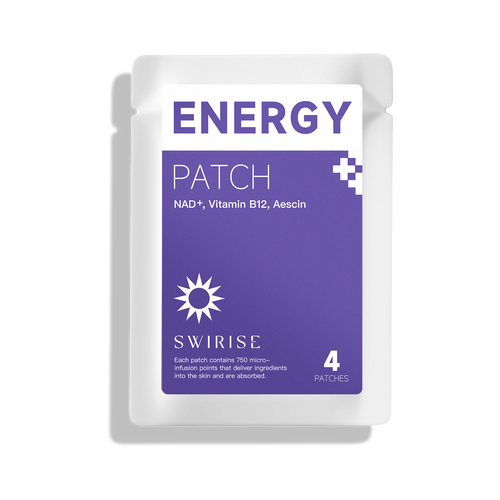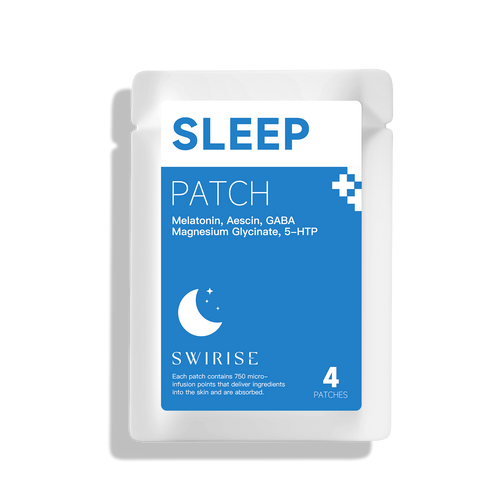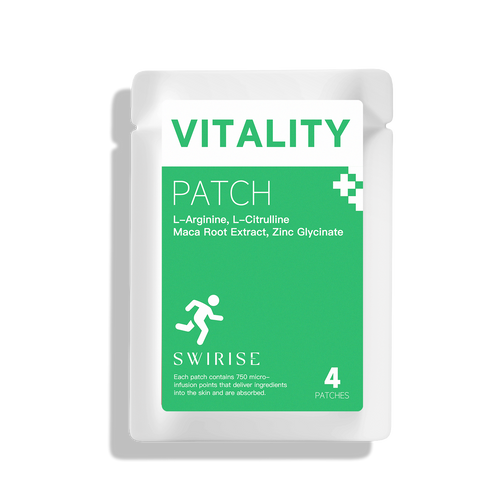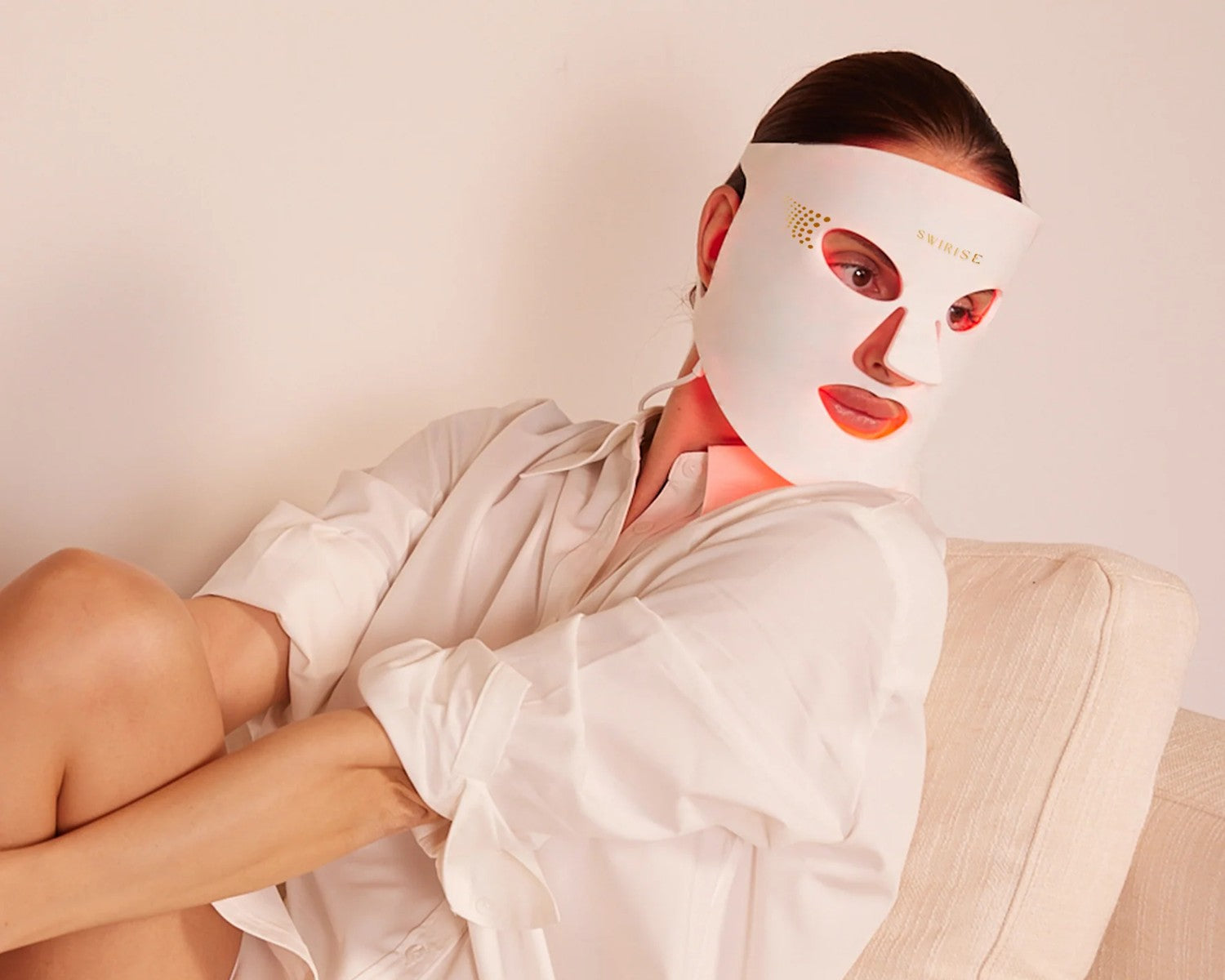
Do LED Face Masks Really Work?
JustinLinIf you’ve spent any time on Instagram or caught a glimpse of your favorite skincare influencers lately, you’ve probably seen someone wearing a glowing, futuristic LED face mask that looks like it belongs in a sci-fi movie. These high-tech beauty tools claim to do everything from smoothing fine lines to clearing up stubborn breakouts.
But here’s the real question: Do LED face masks actually work, or are they just another overhyped trend in the ever-evolving world of skincare?
In this article, we’ll shine a (very real) light on what LED face masks are, how they work, and—most importantly—what the science and skin experts have to say. Whether you’re a curious beginner or looking to upgrade your skincare game, this guide will help you decide if this glowing gadget deserves a spot in your routine.
How Do LED Face Masks Actually Work
An LED face mask is a wearable device fitted with rows of tiny light-emitting diodes (LEDs) that shine specific wavelengths of light directly onto your skin. Each color targets different skin concerns—and magic happens without pain, downtime, or invasive procedures.
The real magic behind LED face masks comes down to a process called photobiomodulation. Sounds a bit technical, but here’s the simple version: your skin cells absorb specific wavelengths of light and respond by doing what they do best—repairing, renewing, and glowing.
Different wavelengths penetrate the skin at different depths, triggering specific benefits:
- Blue light (400–495nm) works near the surface, targeting and killing acne-causing bacteria to help prevent breakouts.
- Red light (600–700nm) sinks a bit deeper, where it stimulates collagen production, smooths fine lines, and promotes overall skin rejuvenation.
- Near-infrared light (700–1100nm) travels even further below the surface, supporting tissue repair, easing inflammation, and enhancing circulation at a cellular level.
And no, there’s no heat, no tanning, and definitely no damage. It’s completely non-invasive, painless, and safe for regular use—even for sensitive skin types.
What Does Science Say
So, do LED face masks work according to research? The answer: yes, but with realistic expectations.
One study published in The Journal of Clinical and Aesthetic Dermatology found that red light therapy, when used consistently over several weeks, significantly improved skin elasticity and reduced the appearance of wrinkles.
Blue light therapy has also earned its stripes in clinical settings, particularly for acne. Research shows it’s effective at targeting Propionibacterium acnes—the bacteria responsible for those frustrating breakouts.
And let’s not forget near-infrared light. Studies highlight its role in enhancing wound healing and reducing inflammation, making it an excellent option for sensitive or mature skin types dealing with chronic irritation or loss of firmness.
While these aren’t instant results (sorry, no overnight miracles), the long-term benefits are real—especially when used regularly as part of a consistent skincare routine.
What Dermatologists and Skin Experts Really Think
LED face masks aren’t just trending on social media—they’re also gaining serious traction in the medical skincare world. Many dermatologists now recommend LED light therapy as a go-to solution for a variety of skin issues, thanks to its strong track record of safety and efficacy.
Supported by years of clinical research, this technology has become a reliable option in both in-office treatments and at-home routines. Experts praise its ability to deliver meaningful results without the need for invasive procedures or recovery time.
“There’s compelling scientific data showing LED therapy can boost collagen production, smooth fine lines, and even out skin tone.”
— Dr. Davin Lim, Board-Certified Dermatologist
“It’s a gentle yet effective treatment that’s simple to use and safe for long-term application across different skin types.”
— Dr. Jane Taylor, Board-Certified Dermatologist
“Because of its ability to improve texture, promote collagen renewal, and reduce signs of aging, LED therapy has become a staple in non-invasive skin rejuvenation.”
— Dr. Jennifer Marthers, Board-Certified Dermatologist
With regular use, experts agree that LED face masks are more than just a passing beauty fad—they’re a powerful addition to modern skincare. Their endorsement speaks for itself: when used correctly, LED therapy can truly transform the way we care for our skin from home.
What Real Users Are Saying
Let’s be real — we’re all in it for the results. While scientific studies lay the groundwork, real user experiences often tell the rest of the story.
- Those with acne-prone skin often notice fewer breakouts and calmer skin within just a few weeks of using blue light therapy.
- Users focused on anti-aging rave about smoother texture, softened fine lines, and a healthy, radiant glow thanks to regular red and near-infrared light sessions.
- Busy professionals and multitasking moms love the convenience—getting a spa-like treatment at home while watching Netflix, replying to emails, or even folding laundry.
Of course, results can vary depending on skin type, age, and how you use the mask. But there’s one thing just about everyone agrees on: consistency is key. Real, long-lasting results don’t come from a single use—they build gradually over time with a steady routine.
Pros and Cons of LED Face Masks
Pros
- Non-invasive and painless:
No needles, no downtime, and no harsh chemicals—just gentle light therapy that works with your body’s natural processes.
- Ultimate convenience:
Enjoy professional-level skin treatments from the comfort of your home, on your own schedule—perfect for busy lifestyles.
- Multi-functional benefits:
Beyond just targeting acne and wrinkles, LED masks can help reduce redness and inflammation, improve skin tone and texture, accelerate wound healing, calm sensitive or irritated skin, and even promote lymphatic drainage for a refreshed complexion.
- Safe for most skin types:
When used as directed, LED therapy is gentle and suitable for a wide range of skin concerns, including sensitive and aging skin.
- Supports long-term skin health:
Regular use can stimulate collagen and elastin production, enhance cellular repair, and boost overall skin resilience and vitality.
Cons
- Results require patience:
This isn’t a quick fix—real improvements develop gradually over weeks of consistent use.
- Quality varies widely:
Not all LED masks are created equal; lower-quality models might lack the right wavelengths, sufficient light intensity, or proper design, limiting effectiveness.
- Consistency is essential:
Skipping sessions or irregular use significantly reduces benefits—dedication pays off.
- Initial investment:
High-quality masks can be a bit pricey upfront, though they often save money compared to frequent spa treatments.
Do All LED Red Light Masks Work the Same?
Not quite. The effectiveness of an LED face mask depends on several key factors that influence how well it works on your skin:
- Wavelengths:
Different wavelengths penetrate the skin at varying depths and target specific skin concerns. For example, blue light (400–495nm) tackles acne-causing bacteria near the surface, while red light (600–700nm) and near-infrared (700–1100nm) penetrate deeper to stimulate collagen and reduce inflammation. Masks with multiple clinically proven wavelengths can address a wider range of skin issues.
- Irradiance (Light Intensity):
This measures how much light energy is delivered to your skin per square centimeter. Higher irradiance means more effective therapy in less time, leading to faster and more noticeable results.
- LED Count and Coverage:
More LEDs usually mean denser light coverage and more even distribution, which helps ensure consistent treatment across your entire face.
- Design and Fit:
A mask that fits comfortably and closely to your face allows better light penetration and maximizes results.
- FDA Clearance and Clinical Backing:
Devices that have undergone rigorous testing and received FDA clearance provide greater assurance of safety and efficacy.
Take the Swirise LED Light Therapy Face Mask as a prime example:
- It features an impressive 416 LEDs with an industry-leading irradiance of 40mW/cm², ensuring powerful, fast-acting treatment.
- The mask offers four clinically proven wavelengths—595nm, 630nm, 850nm, and a rare 1064nm deep near-infrared wavelength typically reserved for clinical use. This deeper wavelength penetrates beyond the dermis to support collagen remodeling, reduce inflammation, improve circulation, and promote skin barrier repair more effectively than standard masks.
- Its flexible silicone design molds comfortably to your face for even light delivery, making it both effective and easy to wear.
- Priced at $359, it delivers professional-grade performance and has earned endorsements from dermatologists and skincare experts alike.
This makes the Swirise mask ideal for anyone who wants fast, visible results, a broad range of skin benefits (from anti-aging to acne and skin repair), and a high-quality device backed by science.
Some top rated red light therapy masks like Omnilux, Mitoredlight, Dr Dennis Gross, Currentbody are also FDA-cleared, offer multiple wavelengths, and provide clinical-grade results at home. Want to see how it stacks up against other top-rated models? Check out our Best Red Light Therapy Masks in 2025 guide for a detailed comparison.
Final Thoughts: Do LED Face Masks Really Work?
Absolutely—they can deliver real results, especially when you pick the right device and stick to a consistent routine. While LED face masks aren’t miracle overnight fixes, their effectiveness is well-supported by scientific research and endorsed by dermatologists around the world.
If you’re seeking a safe, convenient, and cutting-edge way to elevate your skincare game from home, an LED face mask could easily become your new go-to beauty tool. With regular use, it helps refresh, rejuvenate, and restore your skin—making healthy, glowing skin more achievable than ever.
